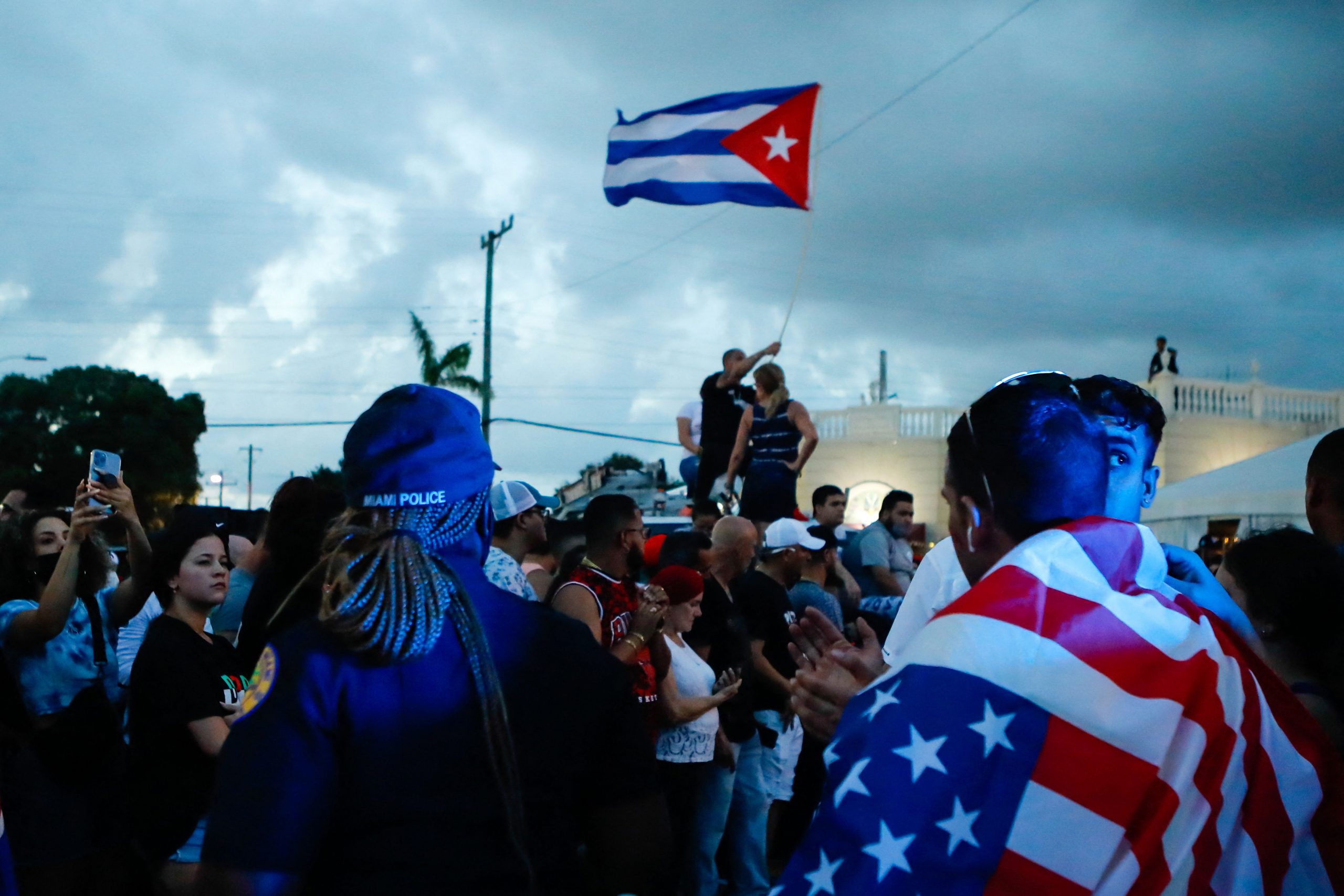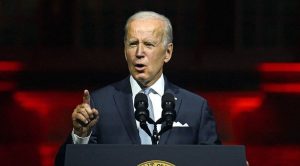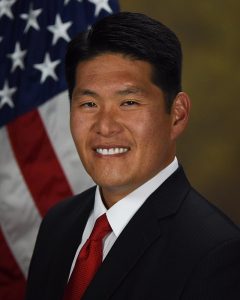Amid political turmoil and unprecedented protests in Cuba, Florida Republican Governor Ron DeSantis urged President Joe Biden to greenlight a plan to transmit the internet to people in Cuba via high-altitude balloons, while the country’s government has blocked access.
But, is it possible to deliver free, uncensored internet by balloon?
Yes, it is needed possible. Alphabet, the parent firm of Google, has for years worked on an internet-balloon division service called Loon. However, owing to questions surrounding its commercial viability, the project was shut down in January.
ALSO READ | ‘Cuba is a failed state, communism is a failed system’: US President Joe Biden
Loon was set up nine years ago but has struggled to make a profit from bringing the internet to remote places via high-altitude balloons.
However, Loon wasn’t a total failure as it signed a major deal with a Kenyan telecommunications company, Telkom, to bring 4G to remote parts of the country.
In 2017, it helped bring internet connectivity to Puerto Rico after Hurricane Maria destroyed the island’s telecommunications infrastructure.
How does the internet-balloon system function?
Each Loon balloons were the size of a tennis court and acted as a cell tower. They ascended to a height of 60,000 to 75,000 feet, or 11 to 14 miles (18,000-23,000 metres, or 18-22 kilometres), considerably above conventional airliner routes. The balloons, which were made of the ubiquitous material polyethylene, were powered by solar panels and could provide service to smartphones through a collaboration with a local telco.
Each balloon could serve thousands of people, the company said. But they had a quite few issues as the plans needed to be replaced every five months or so because of the harsh conditions in the stratosphere. And controlling the balloons was equally difficult.
Is the entire process feasible?
While evidently balloon- or drone-powered networks economical over the long term to his day, they could be suitable for bridging communications amid disasters or in war zones.
However, given the situation, the connection would be needed to be provided to an entire country. That wouldn’t be possible for the balloons as of now.
Further problems include the need for an unused band of spectrum, or radio frequencies, to transmit a connection to Cuba, and spectrum use is typically controlled by national governments.
Also Read | Cuban YouTuber and activist Dina Stars says being taken by security forces on live TV
However, Cuban-American lawyer, businessman and museum director Marcell Felipe in comments to the Associated Press said, he has been talking for about two years with a defense contractor who could deploy such balloons in a cost-effective way in airspace near Cuba, but declined to name the company. Felipe said his idea would involve transmitting internet connectivity directly to mobile phones on the island without the participation of any ground provider.
But he hasn’t provided a cost estimate or cited any evidence. So as of this date, it’s fair to say that the United States providing internet to Cuba via balloons seems far-fetched.






